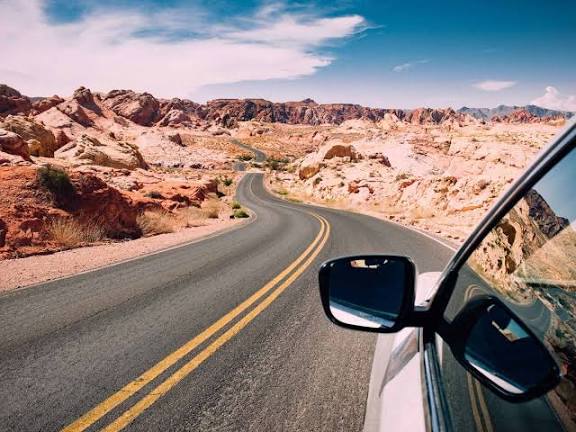
Embarking on a road trip is an exciting adventure that offers the freedom to explore new places at your own pace. However, to ensure your journey is smooth and enjoyable, proper preparation of your car is essential. A well-maintained vehicle reduces the risk of breakdowns and enhances safety, making your road trip stress-free. In this blog post, we’ll guide you through how to prepare your car for a road trip and have a hassle-free journey.
Conduct a Thorough Vehicle Inspection
Before hitting the road, perform a detailed inspection of your car. Check the following key components:
- Tires: Examine the tire pressure and tread depth. Properly inflated tires improve fuel efficiency and handling. Don’t forget to inspect the spare tire and ensure you have the necessary tools to change a tire if needed.
- Fluids: Check engine oil, coolant, brake fluid, transmission fluid, and windshield washer fluid. Top up or replace fluids as necessary to avoid mechanical issues.
- Brakes: Ensure your brakes are responsive and free from unusual noises. If you notice any signs of wear, such as squeaking or reduced braking power, have them serviced.
- Lights and Signals: Test all headlights, brake lights, turn signals, and hazard lights. Functioning lights are crucial for safety, especially during nighttime or bad weather.
- Battery: Inspect the battery terminals for corrosion and ensure it’s securely mounted. If your battery is old or showing signs of weakness, consider replacing it before your trip.
Plan Your Route and Prepare Navigation Tools
Having a clear idea of your route helps you anticipate stops and avoid getting lost. Use GPS or smartphone navigation apps, but also carry a physical map as a backup in case of poor signal areas. Plan rest breaks every 2-3 hours to stay refreshed and alert while driving.
Pack an Emergency Kit
An emergency kit is a must-have for any road trip. Include these essentials:
- First aid kit
- Jumper cables
- Flashlight with extra batteries
- Basic toolkit (screwdriver, pliers, wrench)
- Tire pressure gauge
- Road flares or reflective triangles
- Bottled water and non-perishable snacks
- Blankets or warm clothing
- Phone charger and power bank
This kit can be invaluable in case of unexpected situations.
Keep Your Car Clean and Organized
A clutter-free car helps you focus on driving. Remove unnecessary items to reduce weight and improve fuel efficiency. Clean your windshield and mirrors for better visibility. Organize your belongings so that essential items are within easy reach.
Check Insurance and Registration
Ensure your car insurance and registration are up to date. Carry the documents with you to avoid fines or complications during your trip.
Fuel Up and Monitor Fuel Efficiency
Start your trip with a full tank of gas. Monitor your fuel levels and plan refueling stops ahead of time, especially in remote areas where gas stations may be scarce. Consider using apps that locate nearby fuel stations to avoid running low.
Adjust Your Driving Habits
Once on the road, adopt safe driving habits:
- Maintain a steady speed and avoid sudden braking or acceleration.
- Keep a safe distance from other vehicles.
- Take breaks to avoid fatigue.
- Be mindful of weather conditions and adjust your driving accordingly.
